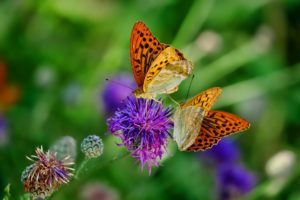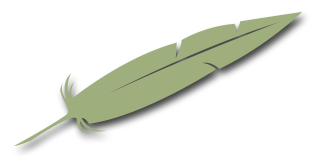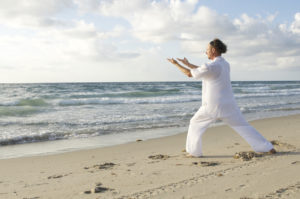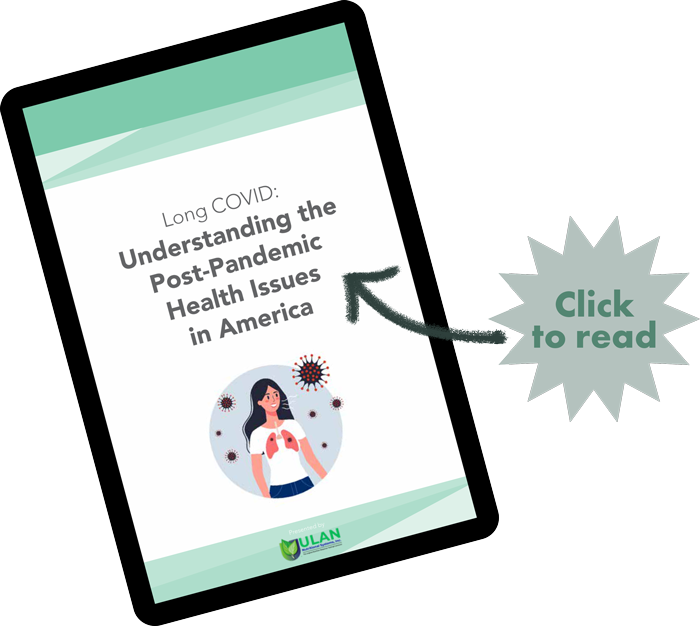 Ancient ancient cultures, including the Egyptians and Chinese, utilized chromotherapy or color therapy to heal and stimulate the body and mind.
Ancient ancient cultures, including the Egyptians and Chinese, utilized chromotherapy or color therapy to heal and stimulate the body and mind.
Modern science confirms that different colors do indeed have an impact on our attention, energy, focus, mood, and even memory and wellbeing. Colors are associated with different emotions and energy states. For example, a 2014 study of college student’s interior spaces suggested that vivid colors may enhance short-term memory and improve cognitive function.
It’s easy to understand that different colors affect our brains and bodies differently when we consider that color is “simply” different wavelengths falling upon our eyes and stimulating our brains. In fact, Isaac Newton discovered this while in quarantine during The Great Plague of London in 1666! How relevant.
When light reflects into the human eye, it stimulates the hypothalamus—the part of our brain that governs hormone and endocrine systems, our body temperature, appetite, sexual functions, sleeping, and behavioral patterns, and so much more.
Color Therapy
Color psychology (how colors affect our mood and bodies) and color symbolism (cultural ideas associated with colors) are distinct but connected. They both come from traditional ideas and human observation and relate to how we interact with and are affected by the world around us.
Feng shui, a practice connected to Traditional Chinese Medicine and its healing modalities, is the art of creating harmony in our interior spaces. Feng shui is informed by how our personal energy relates to the natural world and our environment. While the complex system of feng shui governs spatial arrangement and orientation in relation to the flow of energy or Qi (pronounced “chee”), we can see how color therapy is related to the principles of feng shui.
How do the primary colors of red, blue, yellow, and green and their combinations and variations affect us psychologically?
Red: Associated with power, danger, heat and aggression. Red is stimulating and attention-grabbing.
Yellow: Joy, humor, and playfulness. Also associated with hope, creativity, self-esteem and purification.
Green: Green is a calming color, perhaps because it reminds us of nature. It can help people feel comfortable in new environments and is associated with universal love, environmental awareness, and peace. Studies have shown that being in a green environment can reduce heart rate (as compared to a red or white environment).
Blue: Blue encourages intellectual activity, can lower blood pressure, and is soothing. Depending on the intensity, blue can either stimulate intellectual activity (bright blue) or calm the mind and aid concentration (softer blue).
Next time you’re redecorating, getting dressed, or visiting your acupcuntursist’s office, consider how your mindset and energy change as you engage with different colors. You might be surprised!
Sources:
1: The Effects of Color on the Moods of College Students: Sevinc Kurt, Kelechi Kingsley Osueke (2014)
2: Color and psychological functioning: The effect of red on performance attainment: Elliot, A. J., Maier, M. A., Moller, A. C., Friedman, R., & Meinhardt, J. (2007)
3. Adaptive Effects of Seeing Green Environment on Psychophysiological Parameters When Walking or Running: Walid Briki, Lina Majed (2019)

 Getting outside does the body good. There are scores of scientific studies that confirm just how good! But “earthing” takes a walk outside to another, deeper, more healing level.
Getting outside does the body good. There are scores of scientific studies that confirm just how good! But “earthing” takes a walk outside to another, deeper, more healing level.
 Spring is an amazing time to reconnect with the natural world. Did you know that being in and around nature actually improves our physical, mental, and emotional health?
Spring is an amazing time to reconnect with the natural world. Did you know that being in and around nature actually improves our physical, mental, and emotional health?

